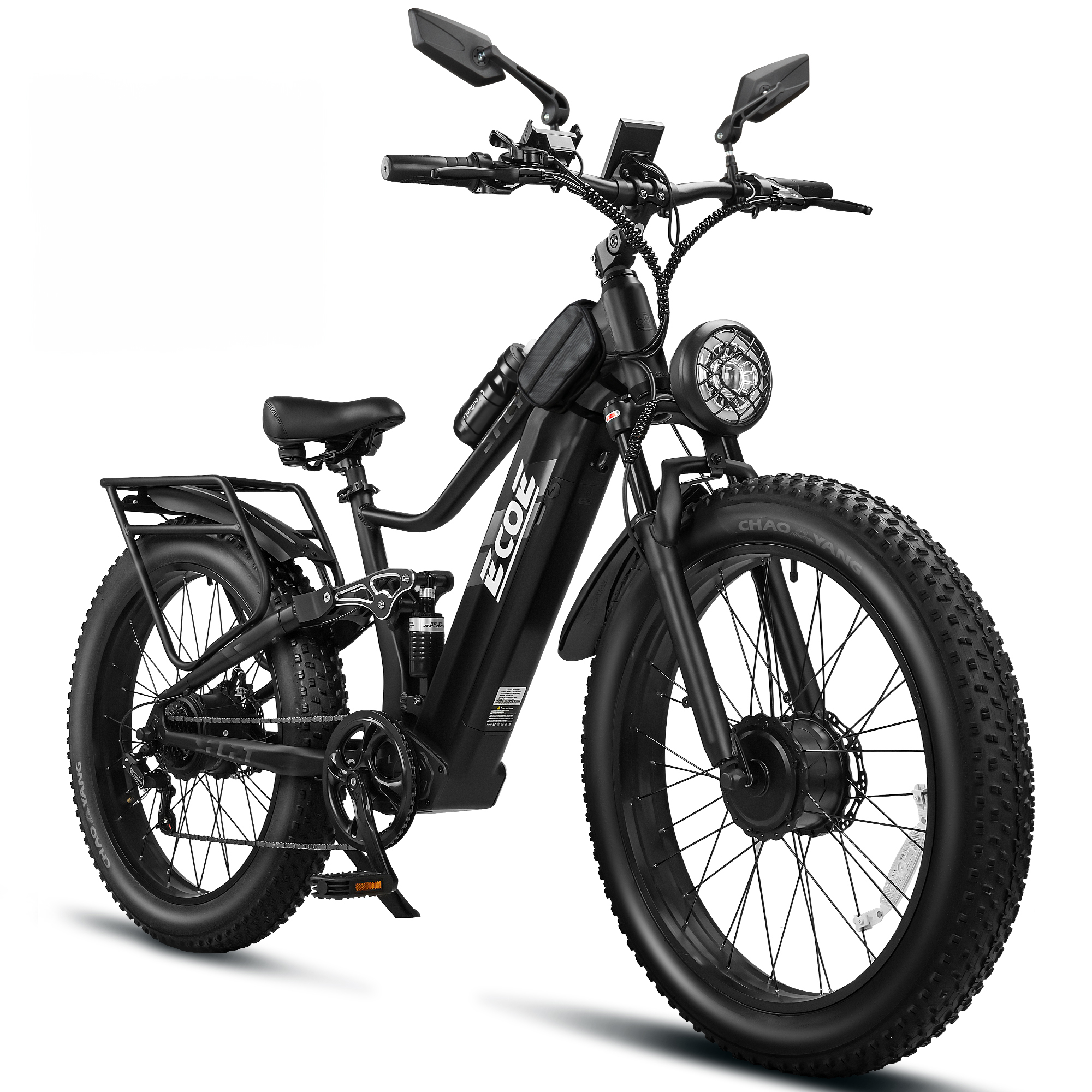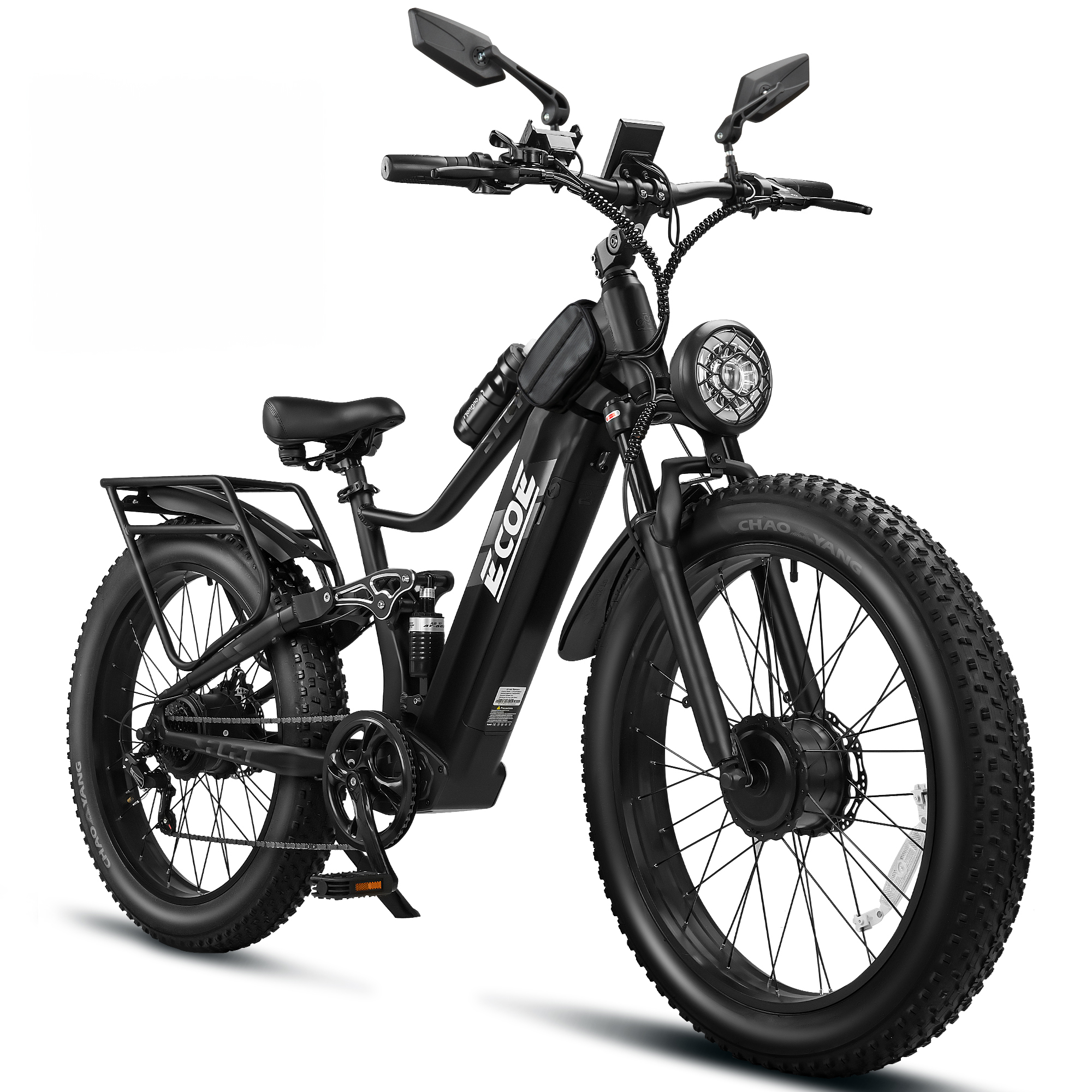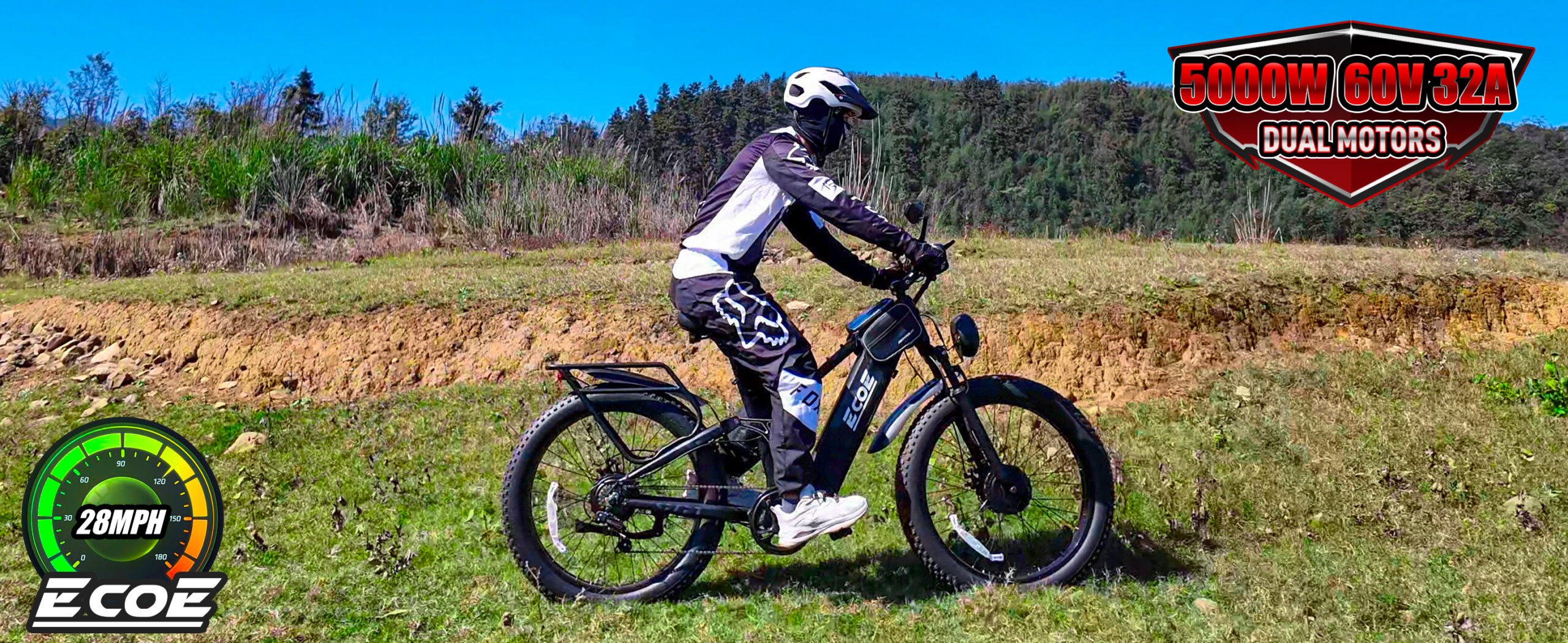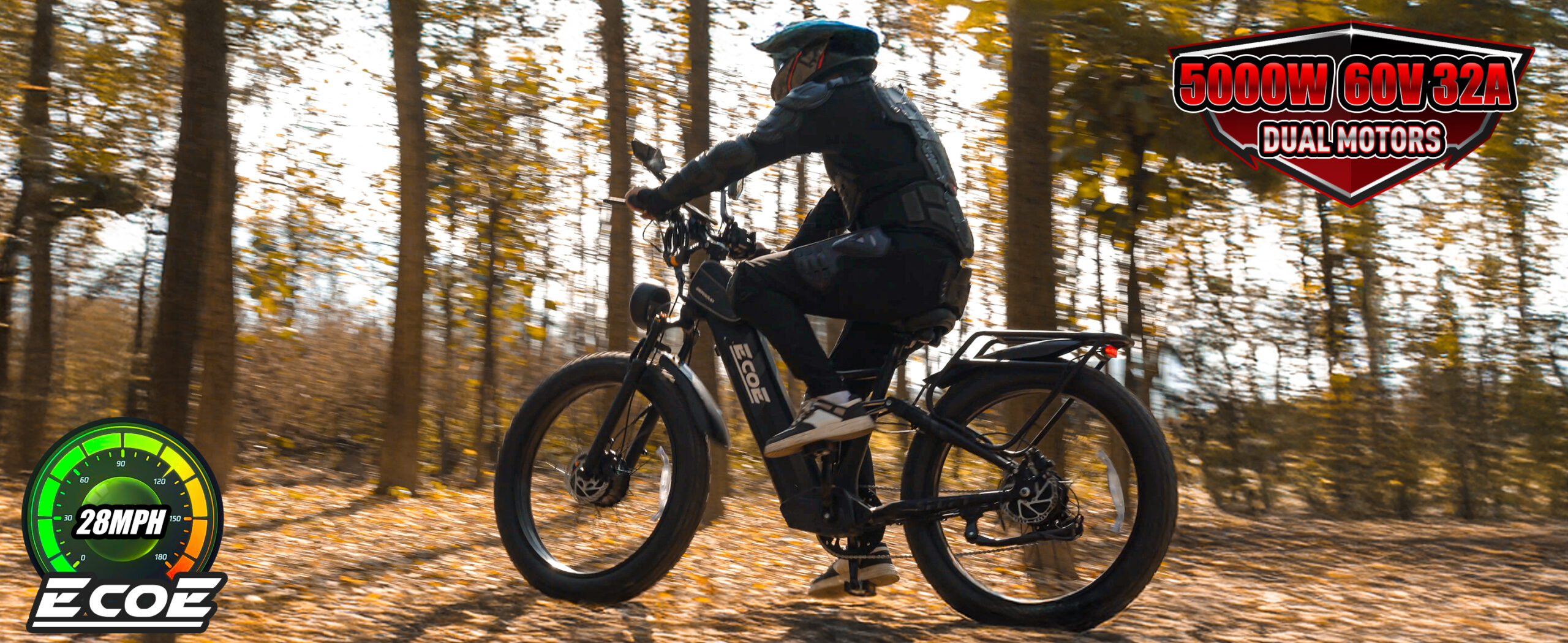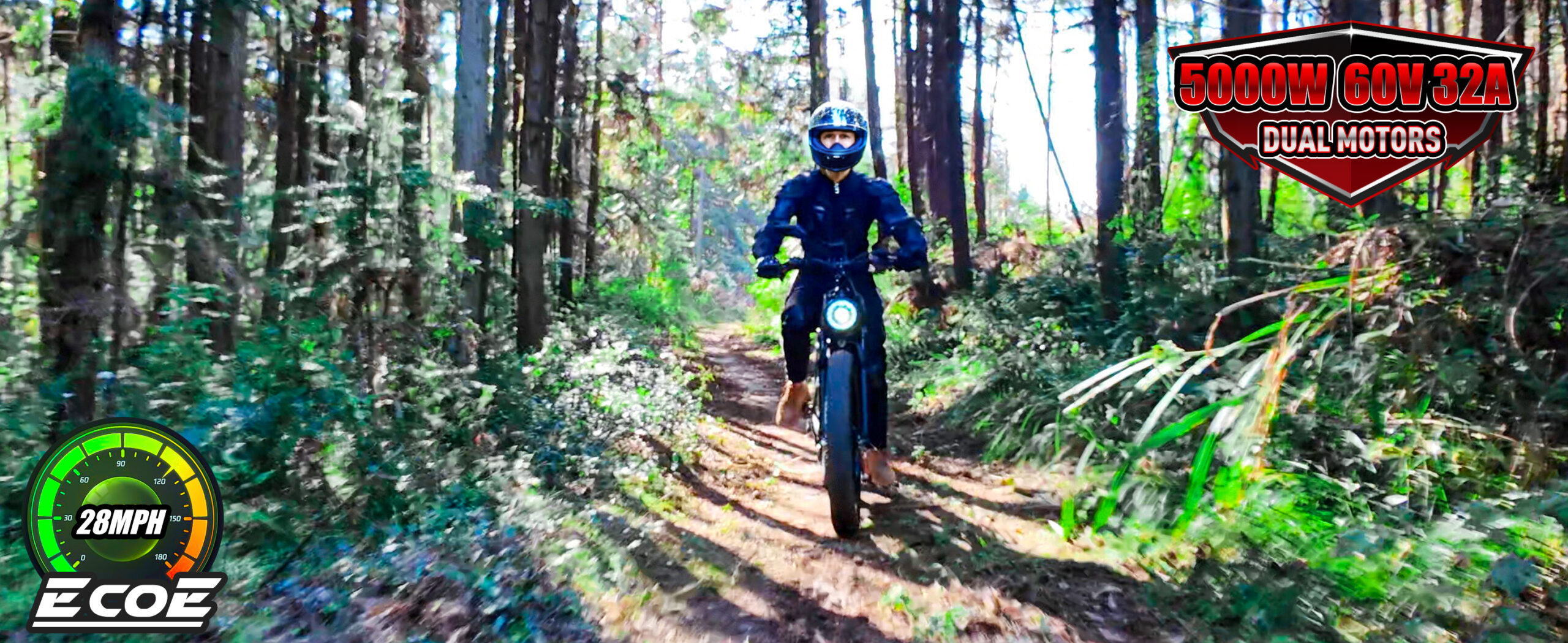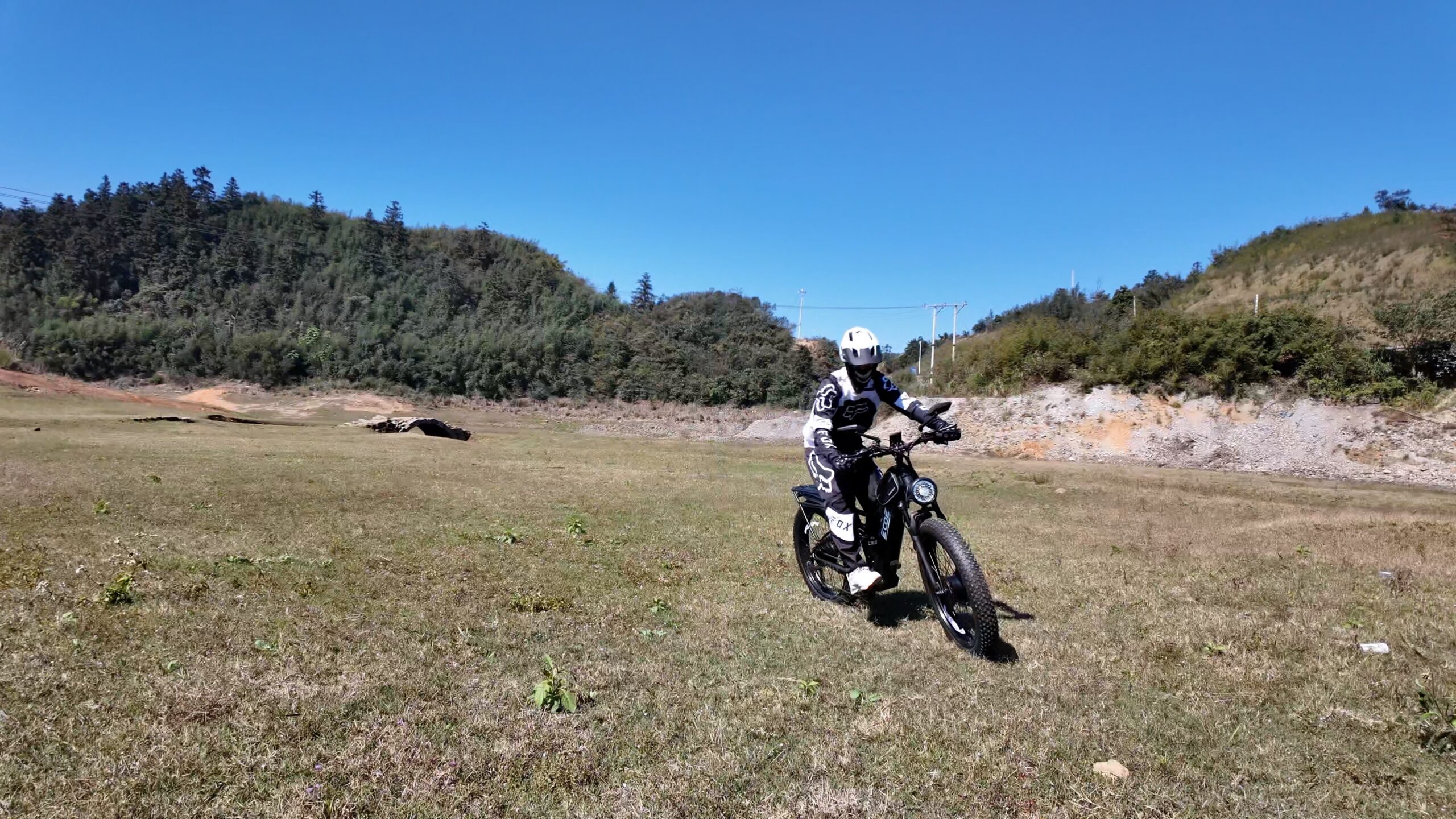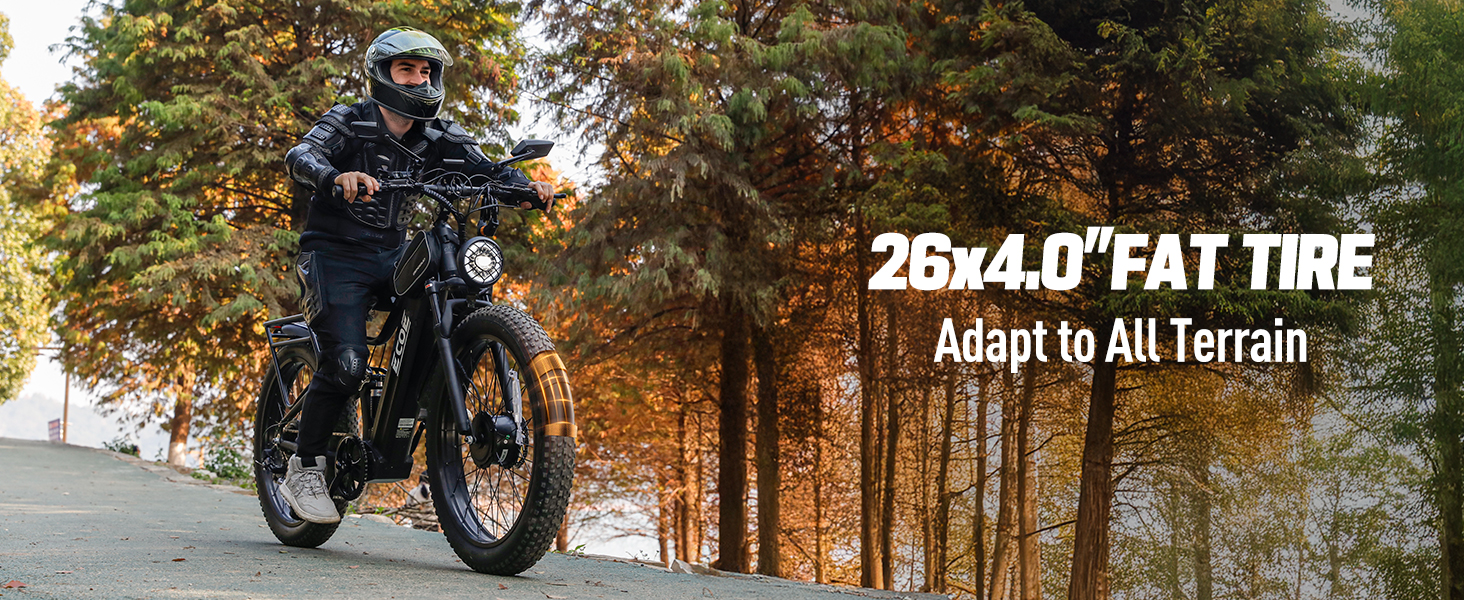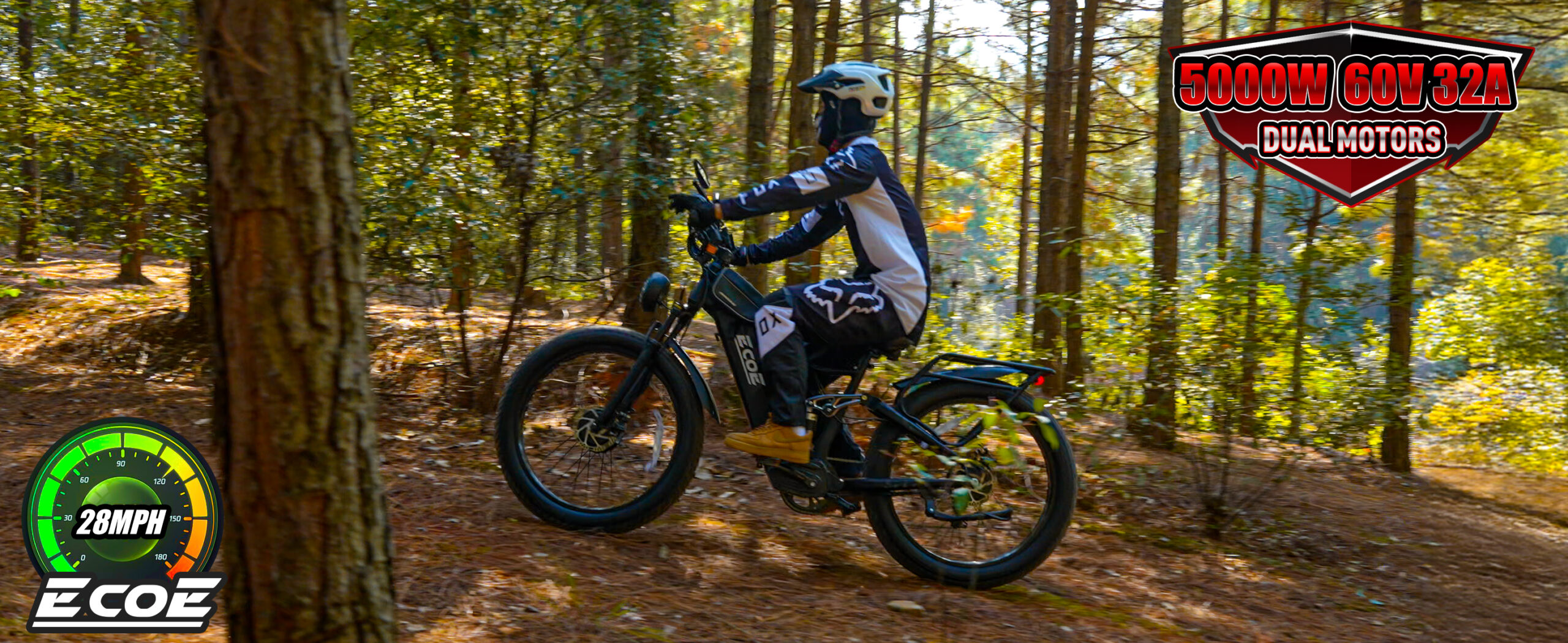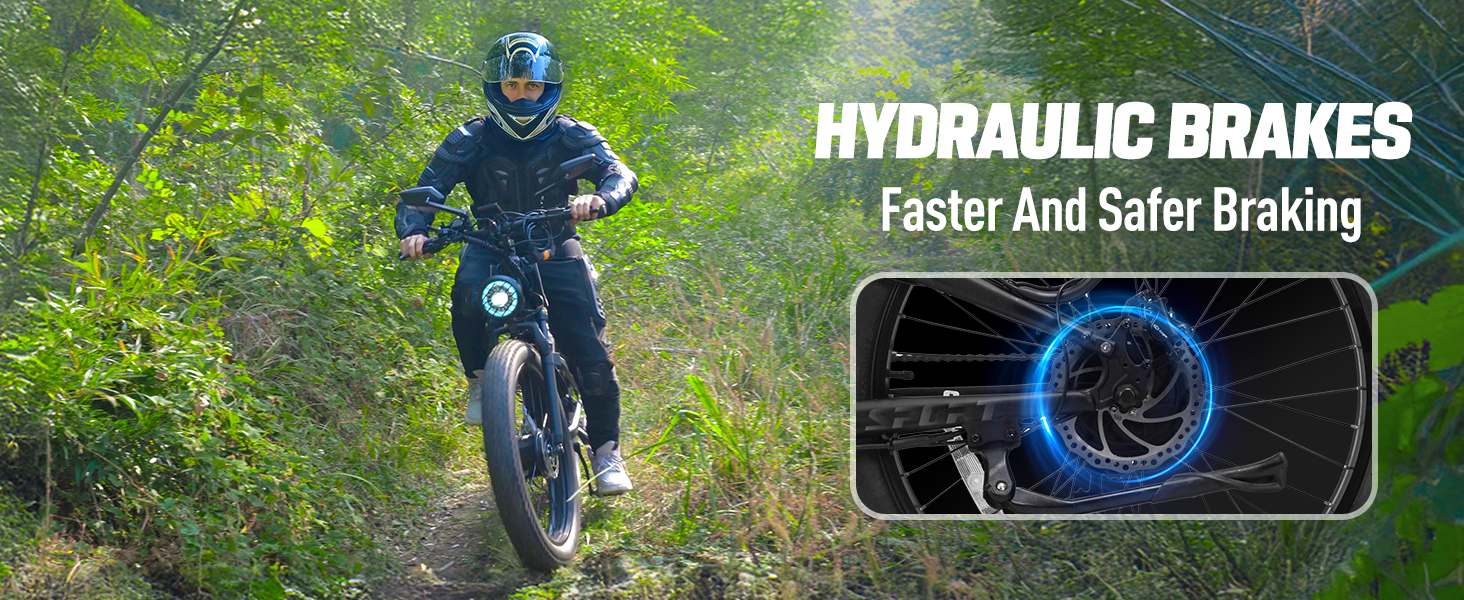Apr 10, 2025
How fast is 1000W in mph?
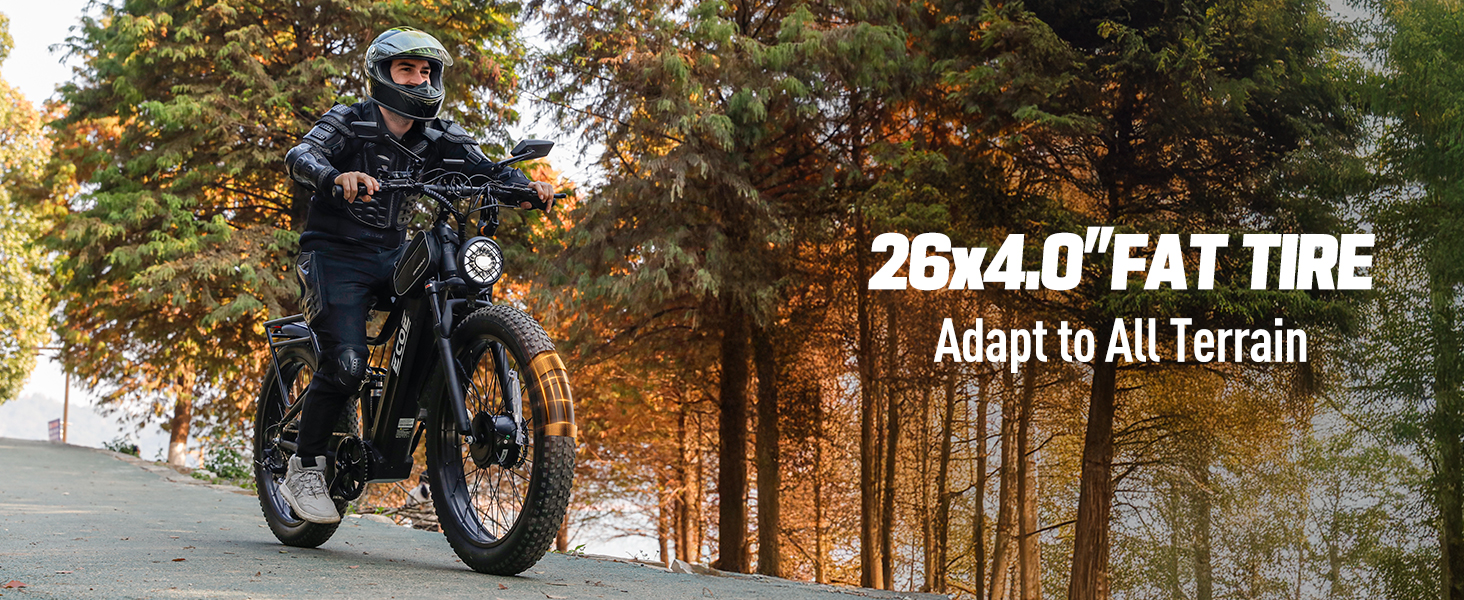
How fast can a 1000W electric bike go? We’ve actually been quite puzzled by this question for a while. We’ve checked forums, read manuals, and even heard exaggerated claims from friends like “it can hit 40 mph.” But it wasn’t until we actually rode several 1000W electric bikes and tested them on different terrains that we discovered there are many unexpected details behind the numbers. Below, we not only provide a realistic speed range but also take you into the world of this power segment, which is most commonly misunderstood.
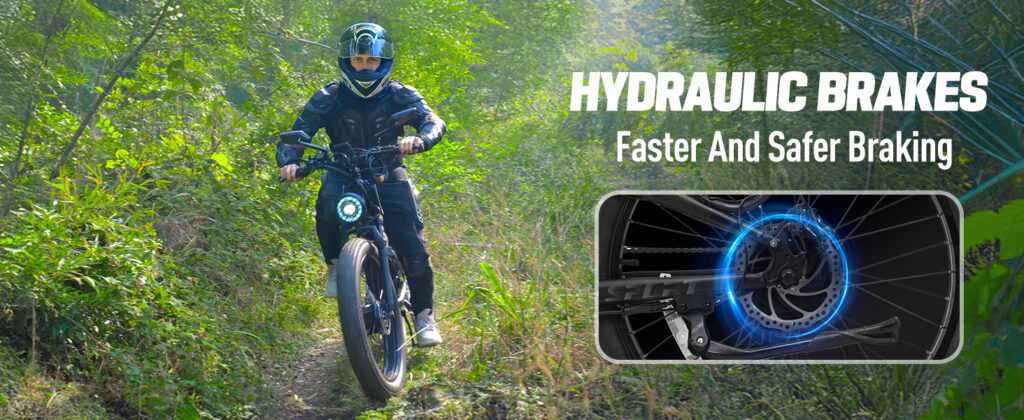
Our first serious contemplation of this issue was at a community e-bike exhibition in Chicago. A fellow rider named Lisa, while wiping her bike, said, “The 1000W power segment is the most overestimated. People think a thousand watts sounds pretty powerful, but once they get on the bike, they exclaim, ‘Is that all it is?'” She spoke casually, but we were quite intrigued. Just how fast can it go? Can it reach 30 mph? Can it compete with city electric vehicles?
So we decided to give it a try ourselves. That day, we selected three common 1000W electric bikes on the market, with front-wheel drive, rear-wheel drive, and mid-drive motors, and tested them on a relatively flat country road outside Chicago.
After the first lap, we were all bewildered. The fastest one only reached 34 mph—and that was with a tailwind and a rider weighing no more than 150 pounds.
Our first feeling after the test was: “It turns out that more power doesn’t necessarily mean more speed.” This point was also confirmed by a user named Tim we met on Reddit. He said his 1000W mid-drive e-bike was faster than his friend’s 1500W rear-wheel drive bike: “I’ve adjusted the controller parameters and changed the gear ratio, and my bike is a bit lighter. So don’t just look at the wattage; the overall configuration is what really matters.”
Looking back at our test, it was pretty much the same. The fastest-looking bike was actually the lightest one overall, with an aggressive controller tuning and a higher battery output current.
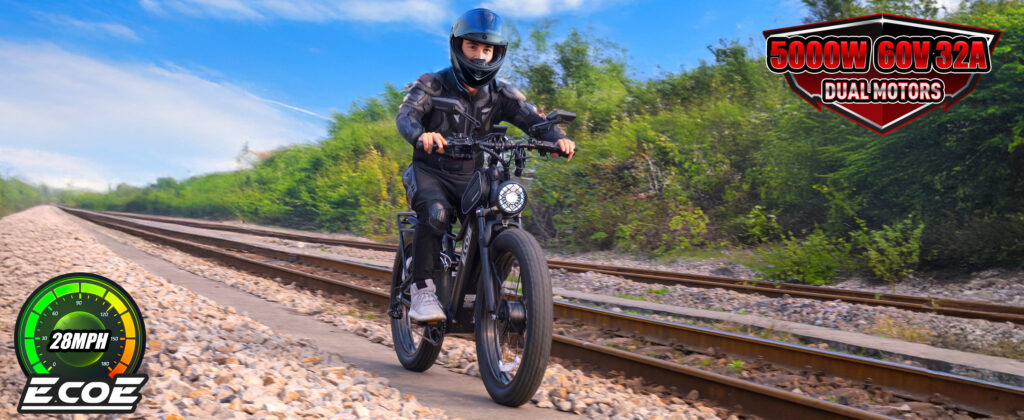
Another bike, which felt like “dragging a truck” when ridden, was also nominally 1000W, but it had a noticeable lag at startup and could only reach a maximum of around 28 mph. That was quite a letdown.
So if you’re also looking up “how fast can a 1000W electric bike go,” we can responsibly say: Generally, it’s between 25 and 35 mph, but it depends on—
- How much you weigh
- How flat the road is
- What your battery voltage is
- Whether you have a tailwind
- Whether your controller is cutting corners
- How you’re feeling (this really does have an impact, we’ve tested it)
By the way, we also tested an electric bike from Ecoe this time—it’s not a dedicated 1000W model (it mainly focuses on high-power 5000W ones), but its low-power riding mode is similar to 1000W.
It’s a full-suspension fat-tire e-bike with 26×4 tires, which don’t make it ideal for “high-speed racing,” but we tried riding it in “economy mode” for a few laps and were pleasantly surprised. It’s so stable when ridden that it doesn’t feel like an electric bike—it’s more like a mix of the agility of a mountain bike and the smoothness of a small motorcycle.
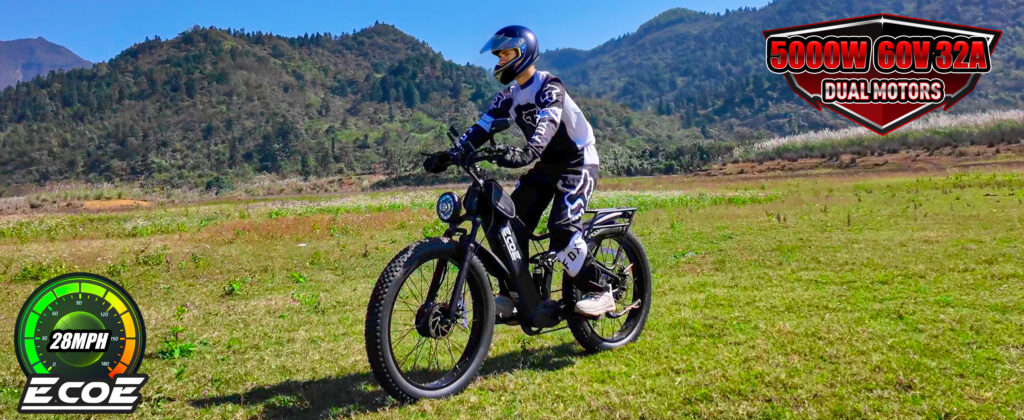
The most crucial part is that its LCD display reacts incredibly fast. Every time we pedaled and then let go, the speed changes were immediately reflected on the screen. It felt like a “telepathic connection.”
A netizen from California named Matt later commented on the forum that after buying an Ecoe, he found it much easier to control when riding off-road compared to his previous X-Treme: “I had a slide on a forest trail before, but after switching to Ecoe, I realized what serious suspension means.”
Although this bike is not a typical representative of the 1000W segment, it made us understand that sometimes the joy of “not-so-high-power” riding is exactly what you want every day.
After a few laps, we sat outside a nearby gas station to rest. The wind was pretty strong that day, and paper cups were swirling around. Eric, holding an energy bar, said, “I think this is the charm of electric bikes—the speed doesn’t matter. What matters is that they can take you away from your computer, the city, and the hassle, to a place you wouldn’t normally go.”
His words sounded sentimental at the time, but they really struck a chord with me.
You ask how fast a 1000W electric bike can go, but you already have an expectation in mind—”At least faster than a commuter bike,” or “Can it catch up with my dad’s lightweight motorbike?” But when you actually get on it, feel the wind on your face, and hear the road whizzing beneath the wheels, what you focus on is no longer the number on the speedometer, but whether you can more easily climb that hill or ride a few more miles to that hot dog stand at the foot of the mountain.
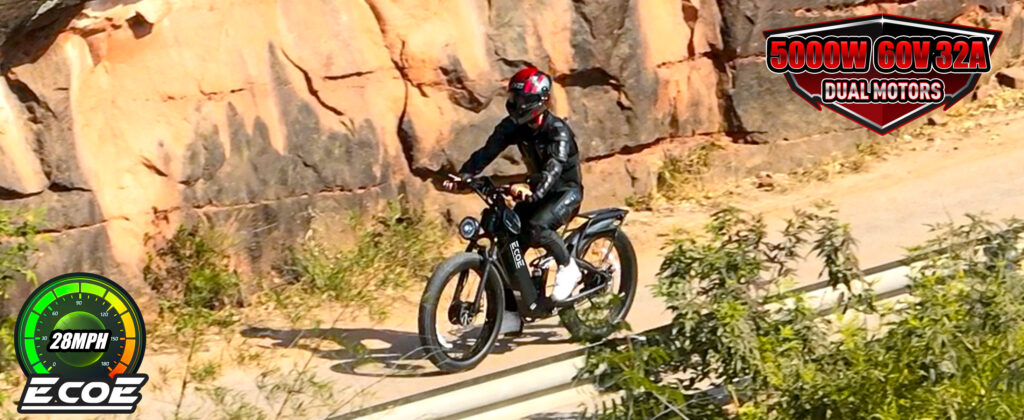
Speed is a feeling, not a number.
So in the end, we want to answer that initial question:
How fast can a 1000W electric bike go?
Our real-world test shows it can reach 25 to 35 mph. Under normal circumstances, if it’s a stock model from a brand, it’ll max out around 28 mph. You can squeeze out more speed by tweaking the controller, upgrading the battery, or even changing the tires, but we really have to remind you: Don’t be too greedy for speed. Safety is more important than numbers.
And—not everyone needs the burst of 60 mph.
When we tested, the happiest moments weren’t when we were at top speed. It was when the three of us rode together at 26 mph through a country road with wheat fields waving in the wind, teasing each other and riding in formation. That kind of cycling camaraderie is more memorable than “going 3 mph faster.”
The Ecoe bike didn’t go the fastest, but it was the only one we were reluctant to return after the test. Maybe this is what a good electric bike should truly be like—not to make you fly, but to steadily take you away from the starting point.
Leave a comment
Please note, comments need to be approved before they are published.
当前文章评论已关闭。

